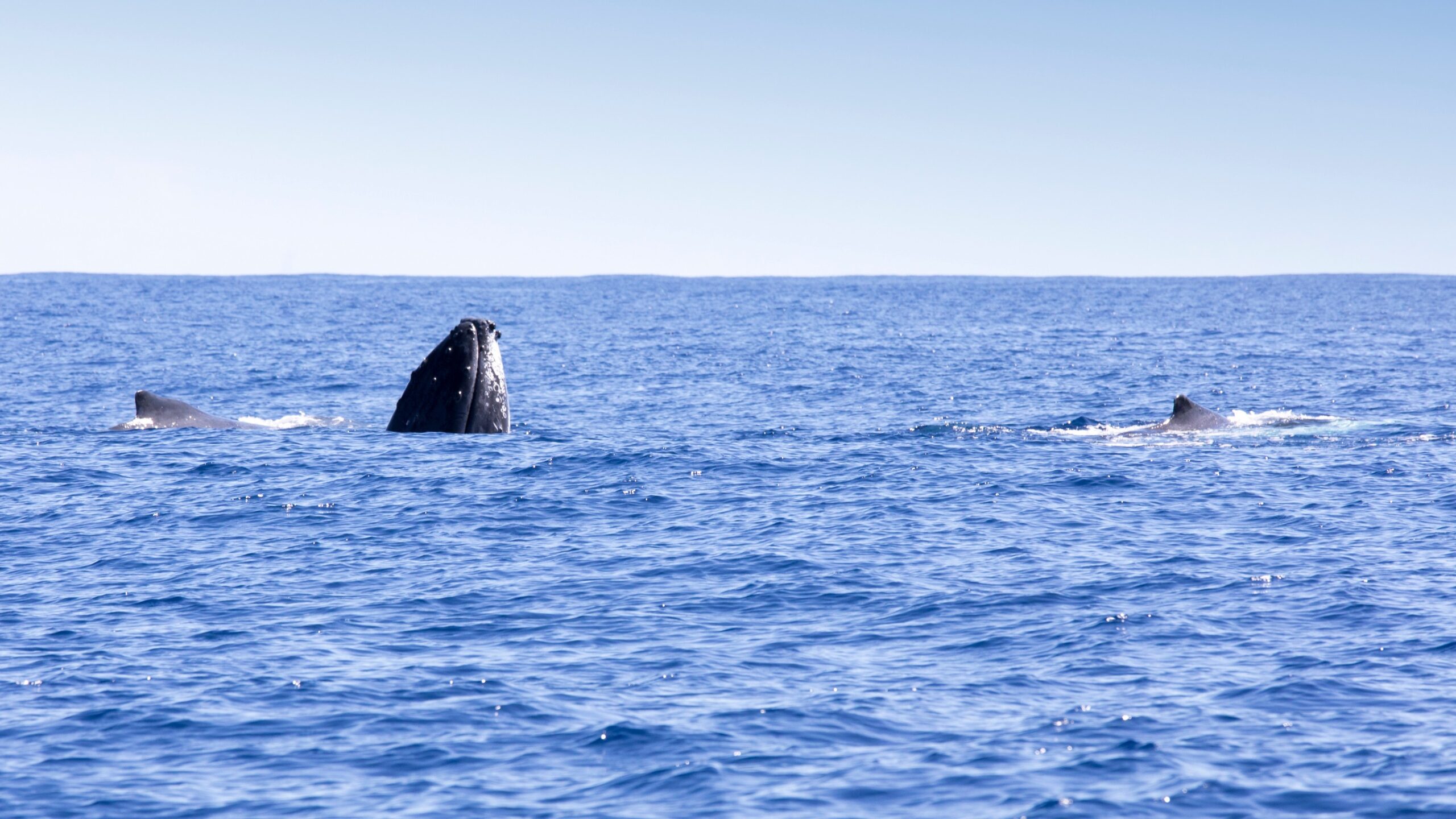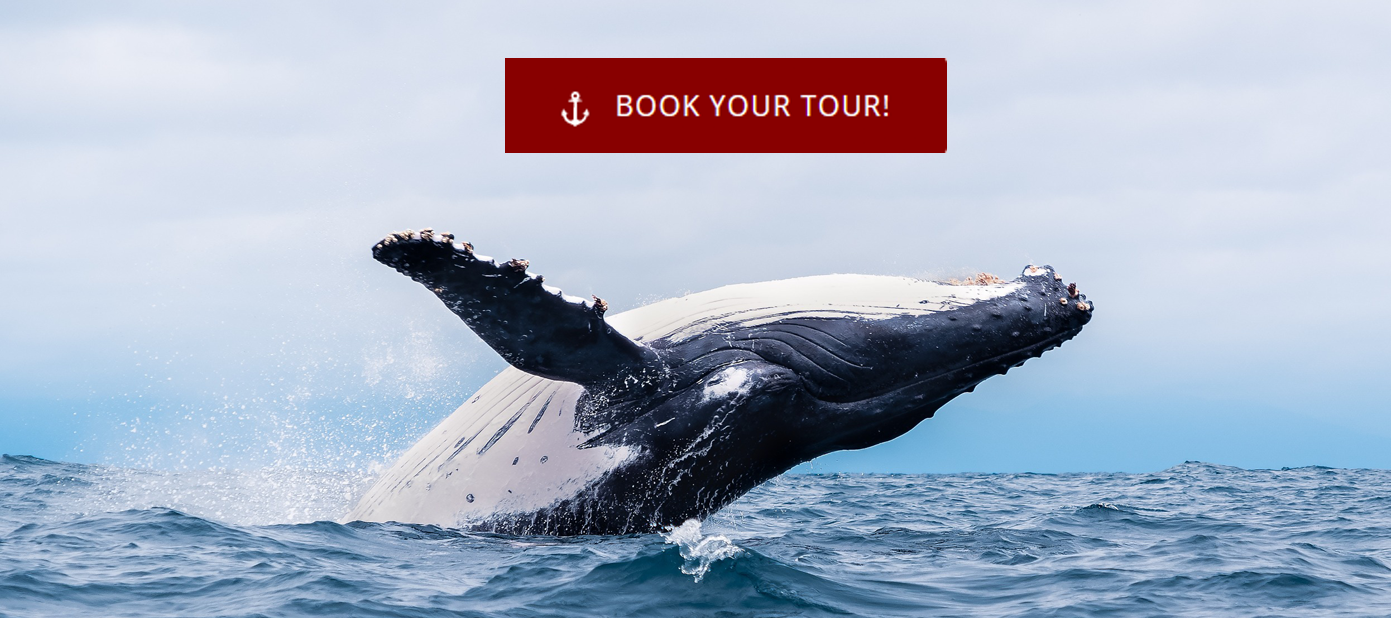Scientists Had Their First Ever Conversation With A Whale – What Does This Mean For The Future?

In December 2023, scientists and researchers off the coast of Alaska had what they describe as a 20-minute “conversation” with a whale named Twain. The experiment was a collaboration between the University of California, Davis, the SETI Institute, and the Alaska Whale Foundation. The endeavor was not only an experiment in whale communication but also an experiment in communicating with non-human organisms.
Still, does the experiment’s success mean people can hold actual conversations with whales or that the human species is one step closer to contact with extraterrestrial beings? In truth, the experiment is a culmination of years of study and a tiny step forward in cross-species communication.
The Relationship Between Humans and Whales
Humpback whales are mammals like humans. Also, humans and whales shared a common ancestor about 70 million years ago; however, their evolutionary track diverged, leading to significant differences between the species. Like humans, whales have unprecedented intelligence in the animal kingdom. Their brains are complex and large and share common neurons typically found in humans. Also, whales show a propensity and preference for intricate social systems. They also show advanced thinking by using tools for hunting — researchers have documented whales making nets out of bubbles to catch fish.
Can We Converse With Whales?
Researchers believe the December 2023 encounter was the first-ever “conversation” with a humpback whale. As fascinating as the headline is from the published study, the authors take a loose definition of conversation. Typically, when someone talks about a conversation, there have to be three components present: a messenger, a receiver, and understanding. The humpback whale encounter had two of the three components, but it lacked understanding. A more appropriate term for the interaction would be that the researchers made contact.
Still, the event is profound and exciting. Researchers had recordings of humpback whale calls used within the species as casual greetings or what they called “conversations.” The December encounter used the recorded calls to attempt contact and interact with a non-human species. The researchers played the recordings through an underwater speaker and received a response. After 28 minutes and 38 calls with 36 responses from Twain, the team determined the interaction was intentional, deeming it a conversation.

What Are Scientists Studying With the Communication of Whales?
While talking to whales is fascinating, it is nothing compared to the ultimate goal of the research. The study aims to communicate with non-human organisms, specifically extraterrestrial beings. Scientists and researchers with the SETI project expect that if alien contact ever occurs, it will be through radio signals and human receivers. The conversation with Twain is a first step in learning how to initiate and interpret conversations from another species.
The project is only in its infancy. While the recent results are stunning, there is much more to learn. The interaction with Twain is a proof of concept, but researchers still need a way to understand the messages they send and receive.
What Does This Mean for the Future?
For now, the future doesn’t change much. That whales communicate with other whales is nothing new, but the interaction between whales and humans in a conversational back-and-forth is new. If the latest research means anything, the whale watching vessels could help scientists continue to collect more robust data.
In the early stages of understanding, treating mammals with reverence and respect is still best. Whales are magnificent creatures and, like all living creatures, deserve admiration. If you want to see whales in their natural habitat, contact a local touring company.
